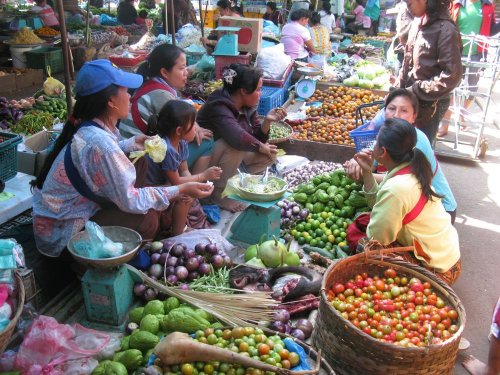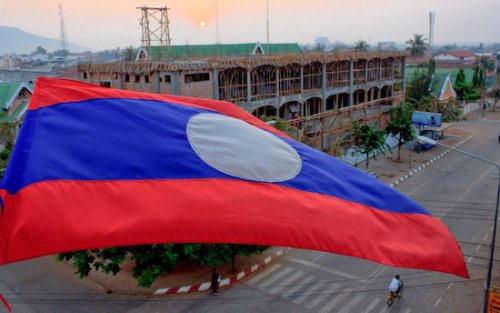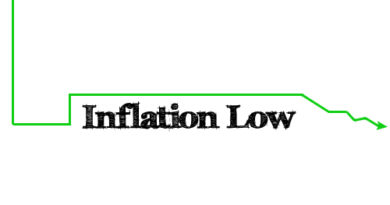Southeast Asia’s Highest Inflation in Laos is Prompting Some to Leave and Others to Find Creative Solutions
Source: South China Morning Post
In the midst of Laos’ runaway inflation, one enterprising farm manager has transformed her workplace in Vientiane into an unlikely tourist hotspot.
As well as selling rice and vegetables, Somchit Phankham conducts guided tours and offers courses on cookery and ceramic-making at Panyanivej Organic Farm.
Inflation hit a record 40 percent in Laos last year and continues to run hot, at around 25.8 percent as of last month. A weak local currency – the kip – is fuelling elevated prices, after losing around 60 percent of its value against the US dollar since 2021.
Highly dependent on imports, the Southeast Asian nation has seen prices for basic necessities, from food to transport, surge. Those paid in kip are suffering the most, as their incomes fail to keep pace with inflated prices.
Laos’ economic woes have put Somchit in a bind. The workers she relied on to help grow to produce on her farm have fled the country, seeking better wages in neighboring nations.
“Lacking labour makes it difficult to scale up, our government can’t do much… Thailand is the place that people want to go,” Somchit told This Week in Asia. “I’m more than worried, but what can I do?”
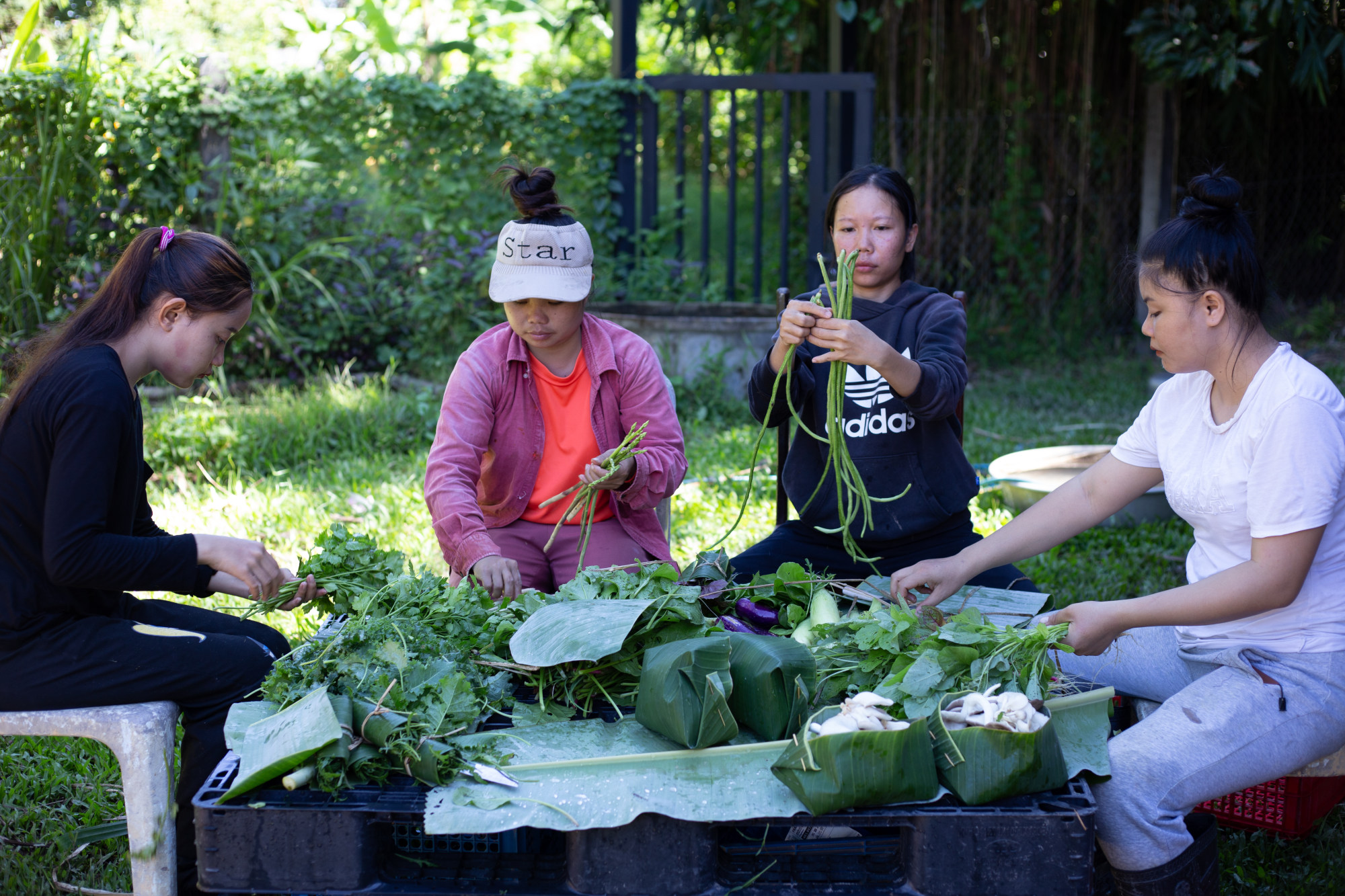
A recent World Bank report on Laos, released in April, found that the number of registered Laotian migrants in Thailand increased by 15 percent between June 2023 and February this year. The report also noted that Laotians were moving away from service jobs and into agriculture and manufacturing roles.
“Workers are also shifting from wage jobs and unpaid family work to self-employment and family businesses. Labour shortages have appeared in some sectors,” it said.
Somchit fears the labour shortage could last for years, especially as students abandon local schools and universities to find work and make money instead amid Laos’ surging inflation.
“Economics is the main reason, and people don’t see any reason to have education,” she said.

Stuck with a Weak KIP
Phouphet Kyophilavong, a leading Laos economist, warned against overstating the weakness of the country’s economy.
While some Laotians paid in the local kip currency are seeking better-paying jobs, others may fare better. Many in Laos do business in stable foreign currencies such as the US dollar and Thai baht, and they also have savings in the same currencies, according to a professor at the National University of Laos.
He said Laotians also owned other assets like gold and grew their own food, reducing their need to import basic necessities.
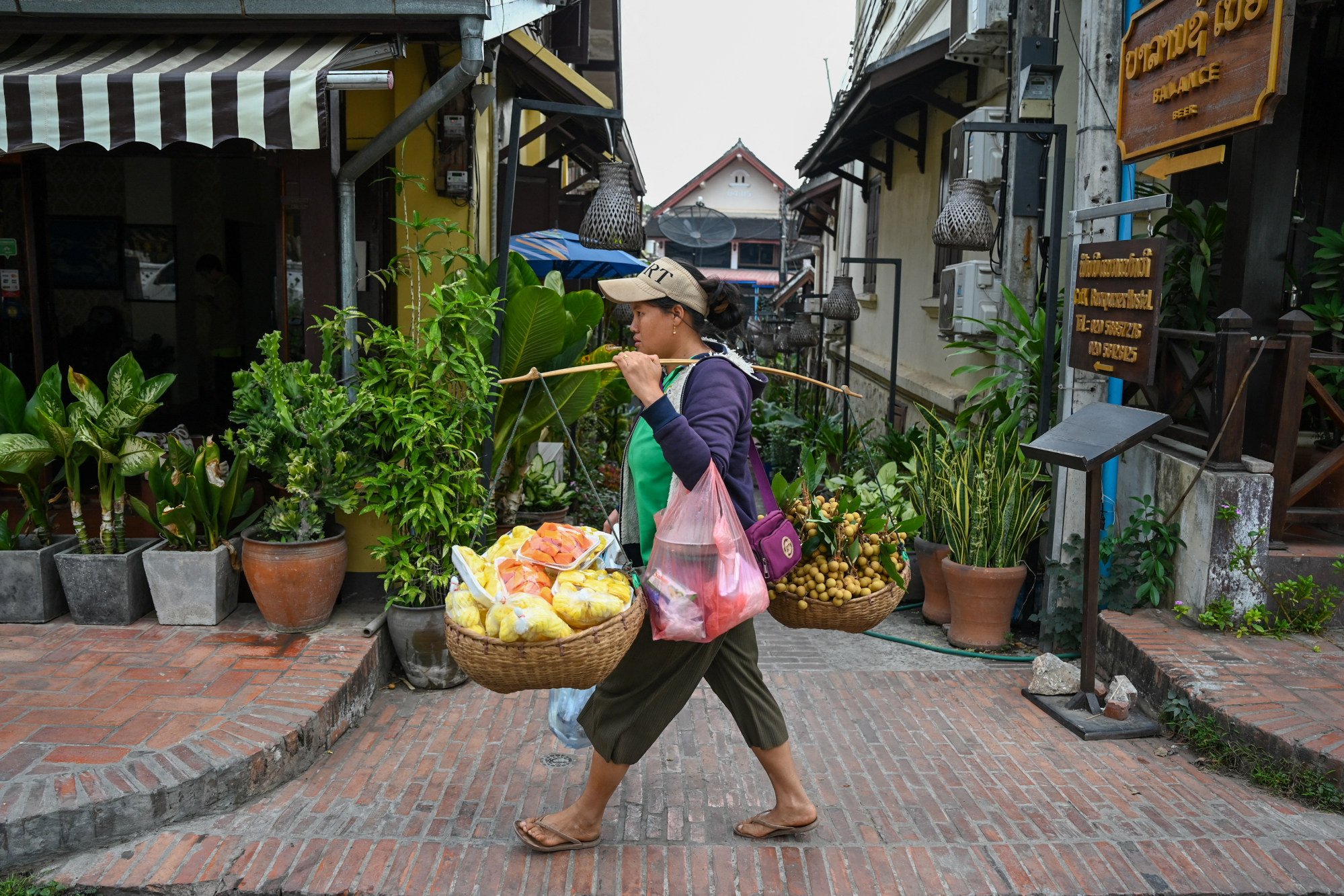
Laotians had learned to protect themselves from the weak kip and the ravages of high inflation since the 1997-1998 Asian financial crisis, Phoupet said.
To shore up the kip, which was hit hard by a pandemic downturn and Laos’ large external debts before inflation spiked, Phouphet said driving more capital inflows through exports, foreign investment, and tourism will be crucial – a strategy already employed by farm manager Somchit.
Laos now has higher inflation than even war-torn Myanmar, according to International Monetary Fund data, which shows the two countries as the biggest outliers in emerging Asia, which averaged 2.4 percent last year and 3.9 percent in 2022.
Relatively healthy economic growth of 3.7 percent last year stood in stark contrast to Laos’ inflationary woes. This year, the country’s gross domestic product is expected to grow by 4 percent thanks to more tourist arrivals and foreign investments, according to an April report from the Asian Development Bank.
“The Laos economy continued its moderate recovery in 2023, backed by services, particularly tourism, and trade,” said Sonomi Tanaka, the bank’s country director for Laos. “However, pressure from unsustainable debt and high inflation has persisted, dampening the country’s overall pace of economic recovery.”
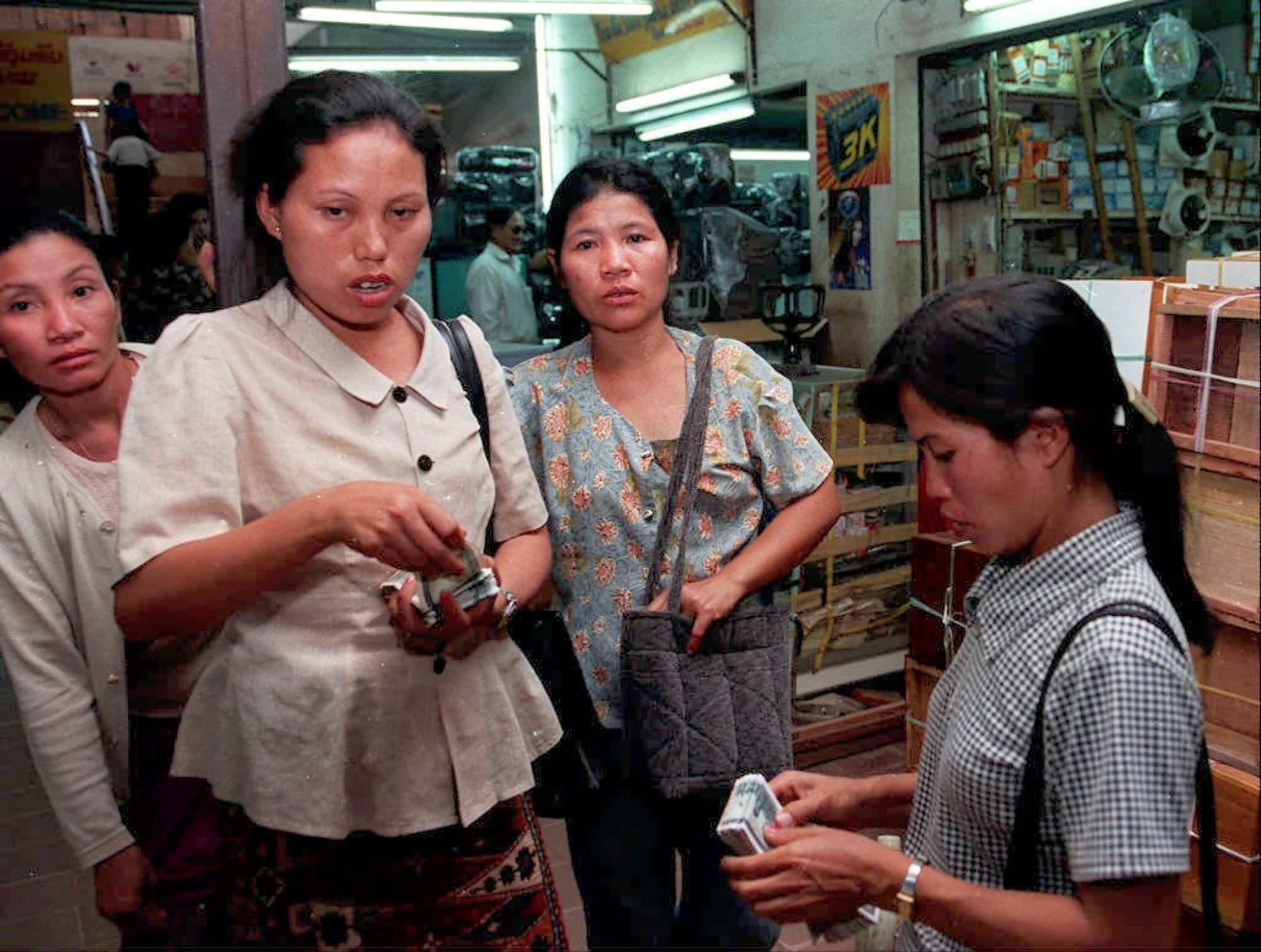
Inflation in Laos and the kip’s depreciation could further worsen this year mainly due to Laos’ reliance on imports, said Wen Chong Cheah, an Asia research analyst for the Economist Intelligence Unit.
“The weak kip is driving up prices of imported commodities, especially petroleum. Without domestic oil reserves, Laos is fully reliant on importing this commodity, making it highly susceptible to imported inflation, which has been the case since 2022,” he told This Week in Asia.
To ease cost-of-living concerns, Laos should boost food production and switch to cheaper alternatives, Cheah said – but Vientiane will face challenges tackling inflation, as its foreign currency reserves are depleted.
In Debt to China
Negative market perceptions of Laos’ large external debt, particularly to China, have hurt the kip’s value.
Laos’ external debt exceeds 110 percent of its GDP, according to an April World Bank report. The country also deferred nearly US$2 billion in debt repayments to China between 2020 and 2023.
Most of that debt can be traced to repayments for Vientiane’s share of the Laos-China railway project, said Jayant Menon, a senior fellow at Singapore’s ISEAS – Yusof Ishak Institute. The rail project is a part of China’s Belt and Road Initiative.
“Laos is in a debt trap because it needs to borrow to finance even the interest on its debt and can only recover if there is some degree of debt forgiveness,” he said.
“It rejected the IMF programme and turned directly to China to try and resolve its debt and macroeconomic problems. Very little is publicly known about the terms of its negotiations with the Chinese, so it is difficult to assess if it’s sufficient to restore stability.”
Menon further noted that “China has been reluctant to forgive debt associated with the Belt and Road Initiative, for fear of setting a precedent”.
China has long been accused of “debt trap diplomacy”, or the lending of money to poor countries to gain political leverage over them.
But according to Phouphet, analysts who accused China of this behaviour overlooked that Chinese loans have spurred Laotian investments, boosting trade in minerals and tourism via the Laos-China railway. The railway has also cut the travel time from Vientiane to Luang Prabang, the country’s top tourist attraction, from eight hours to around two hours.

“People are too excited about China. The Laos government is also negotiating with China and the debt with China is still very small compared to other countries,” he said.
“We are not like Sri Lanka, we have high potential from tourism. We also borrow money to invest in hydropower dams and railways, and the earnings from these assets can be used to pay back debt.”
In 2022, Sri Lanka declared bankruptcy amid a crippling foreign exchange crisis. Inflation soared and its currency went into free fall. The IMF approved a second review of the South Asian nation’s US$2.9 billion bailout package earlier this month.
China’s role would be crucial to help Laos emerge from its inflationary crisis, Menon said.
“Laos needs China to forgive most of its debt or, failing that, adopt an IMF programme with restructuring and austerity measures. These are the only options in the short run. In either case, things will get worse before they get better.”

